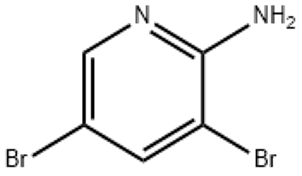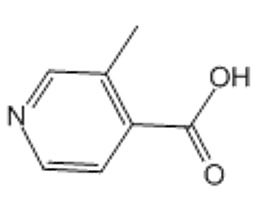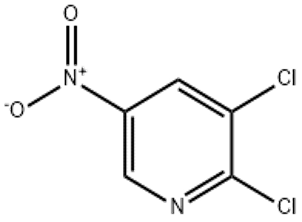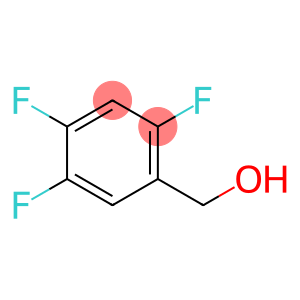5-chloropent-1-yne (CAS# 14267-92-6 )
Risk and Safety
| Risk Codes | R11 – Highly Flammable R38 – Irritating to the skin R36/37/38 – Irritating to eyes, respiratory system and skin. |
| Safety Description | S23 – Do not breathe vapour. S24/25 – Avoid contact with skin and eyes. S16 – Keep away from sources of ignition. |
| UN IDs | UN 1993 3/PG 2 |
| WGK Germany | 3 |
| TSCA | Yes |
| HS Code | 29032900 |
| Hazard Note | Irritant |
| Hazard Class | 3 |
| Packing Group | II |
5-chloropent-1-yne (CAS# 14267-92-6 ) introduction
5-Chloro-1-pentyne (also known as chloroacetylene) is an organic compound. Here is a brief introduction to its properties, uses, manufacturing methods, and safety information:
nature:
1. Appearance: 5-Chloro-1-Pentyne is a colorless liquid.
2. Density: Its density is 0.963 g/mL.
4. Solubility: 5-Chloro-1-Pentyne is insoluble in water and has good solubility in organic solvents such as ethanol and dichloromethane.
Purpose:
5-Chloro-1-pentyne is mainly used as a starting material and intermediate in organic synthesis.
2. It can be used to prepare compounds such as vinyl chloride, chloroalcohols, carboxylic acids, and aldehydes.
Manufacturing method:
5-Chloro-1-Pentyne can be prepared by the following steps:
1. Dissolve 1-pentanol in sulfuric acid and add sodium chloride.
2. Gradually add concentrated sulfuric acid dropwise to the solution at low temperature.
3. Heat the reaction mixture to an appropriate temperature under the condition of adding excess concentrated sulfuric acid.
4. Further processing and purification of the reaction product can yield 5-chloro-1-pentyne.
Security information:
1. 5-Chloro-1-Pentyne is a compound that is irritating and flammable, and safety measures should be taken during operation.
When using and handling 5-chloro-1-pentyne, appropriate personal protective equipment such as protective gloves, goggles, and protective clothing should be worn.
3. 5-Chloro-1-Pentyne should be operated in a well ventilated area to avoid its vapor accumulation and contact with open flames or heat sources.
4. Waste should be properly disposed of in accordance with relevant regulations and should not be dumped into water sources or the environment.








